Example Projects
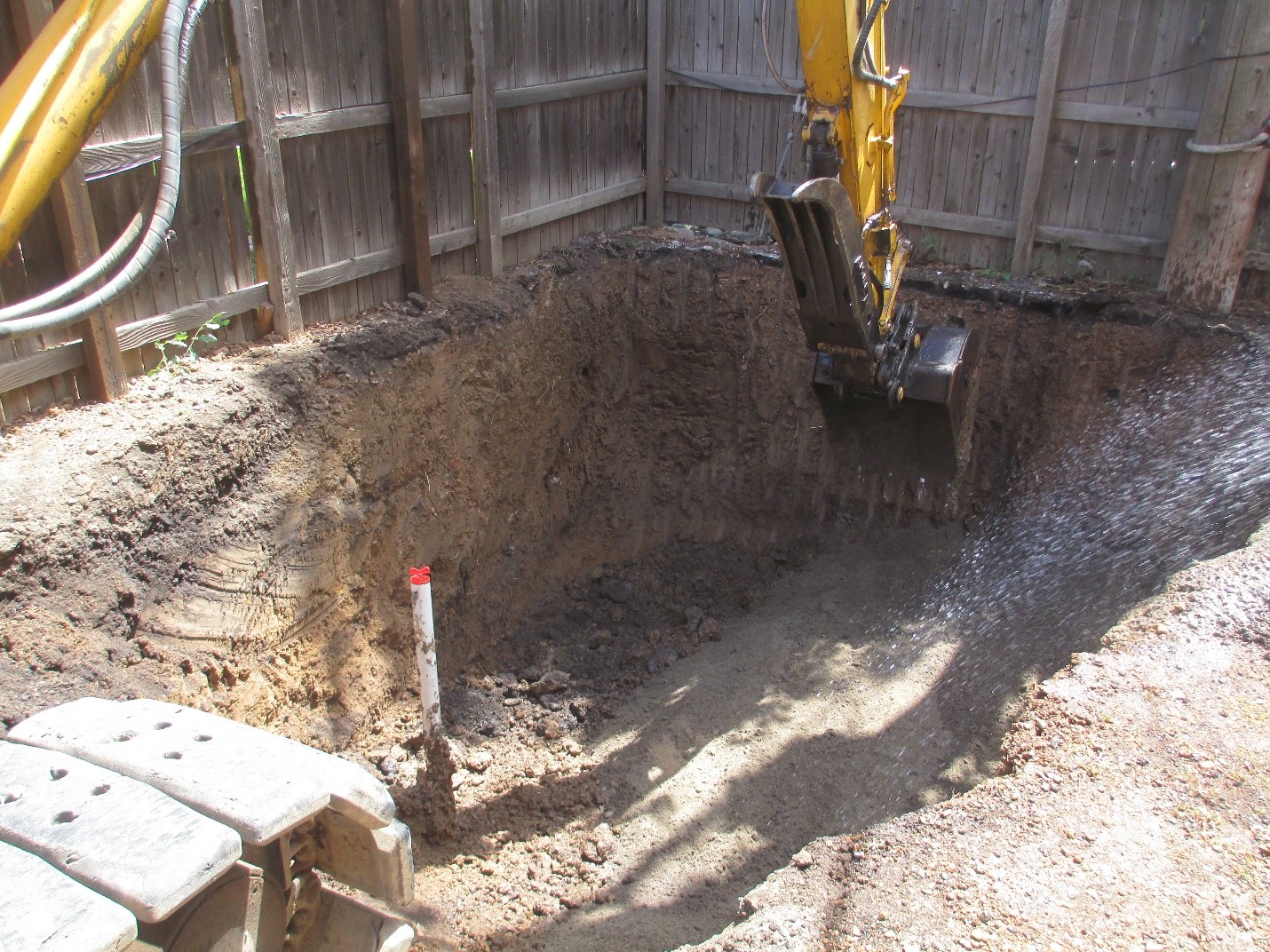
Former Dry Cleaner, Centennial
Assessment and remediation was performed to achieve No Further Action at a neighborhood dry cleaner, using technologies of soil excavation, soil vapor extraction and sub-slab vapor mitigation. Soil excavation removed
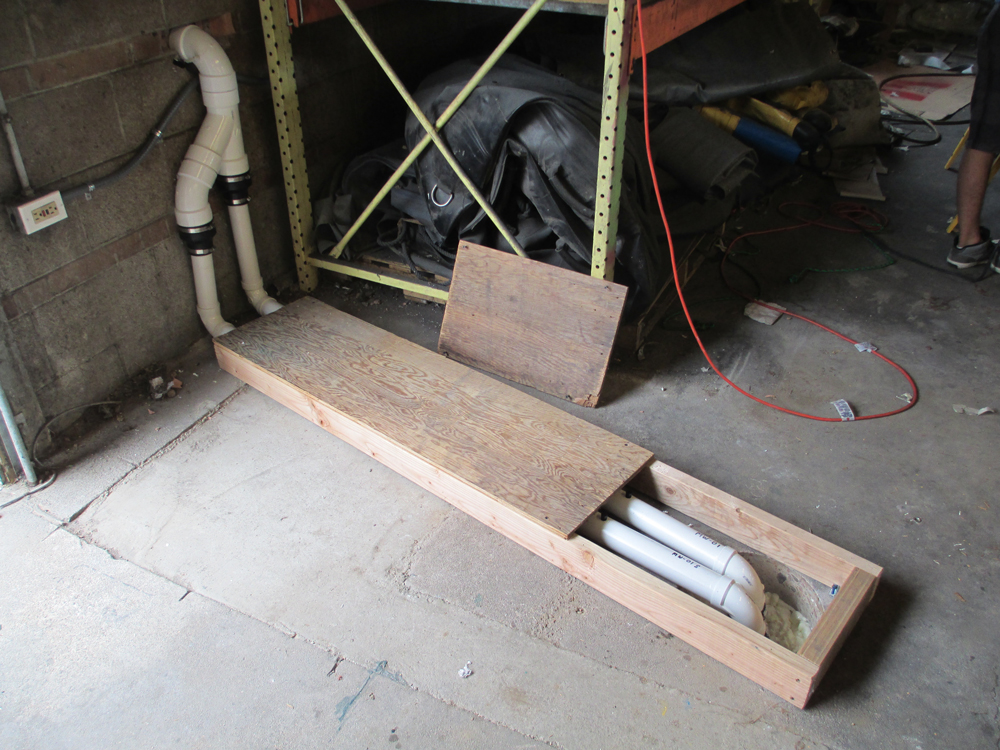
Soil Vapor Extraction Pilot Test
Two wells were installed with this indoor drilling rig, next to a former floor drain and sump system, where a previous tenant blended chemicals to make cleaning solutions. Some volatile
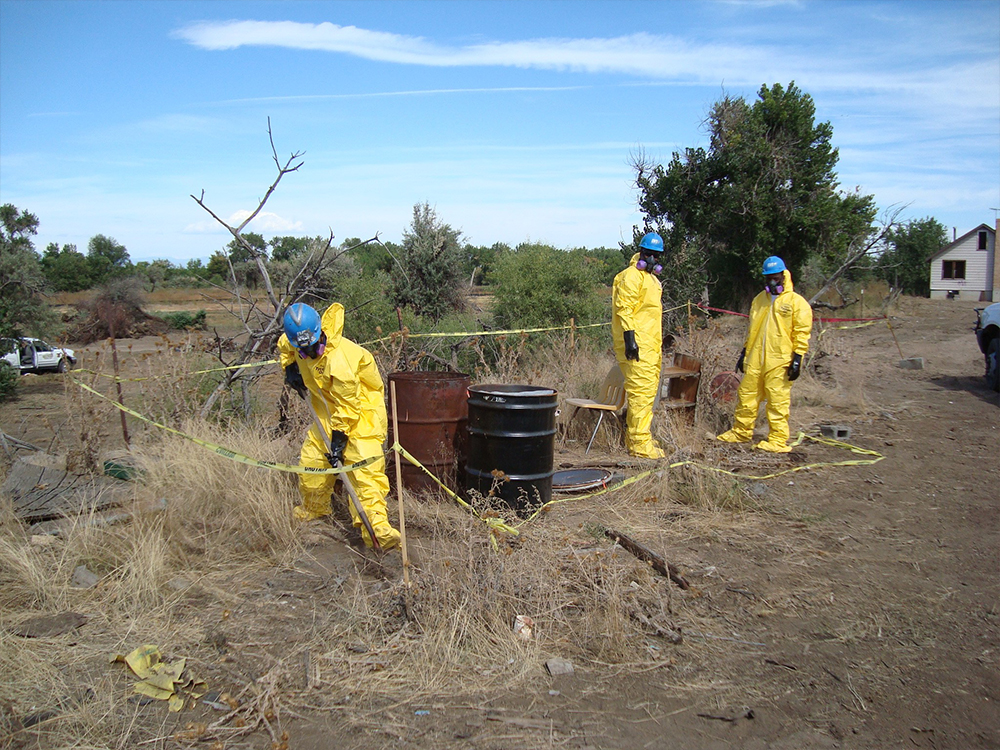
Pesticide Cleanup
Sundance oversaw the waste management for the decommissioning of a trailer park, water treatment plant, and other farm structures. The vacating tenants left chemicals spilled on the ground, such as
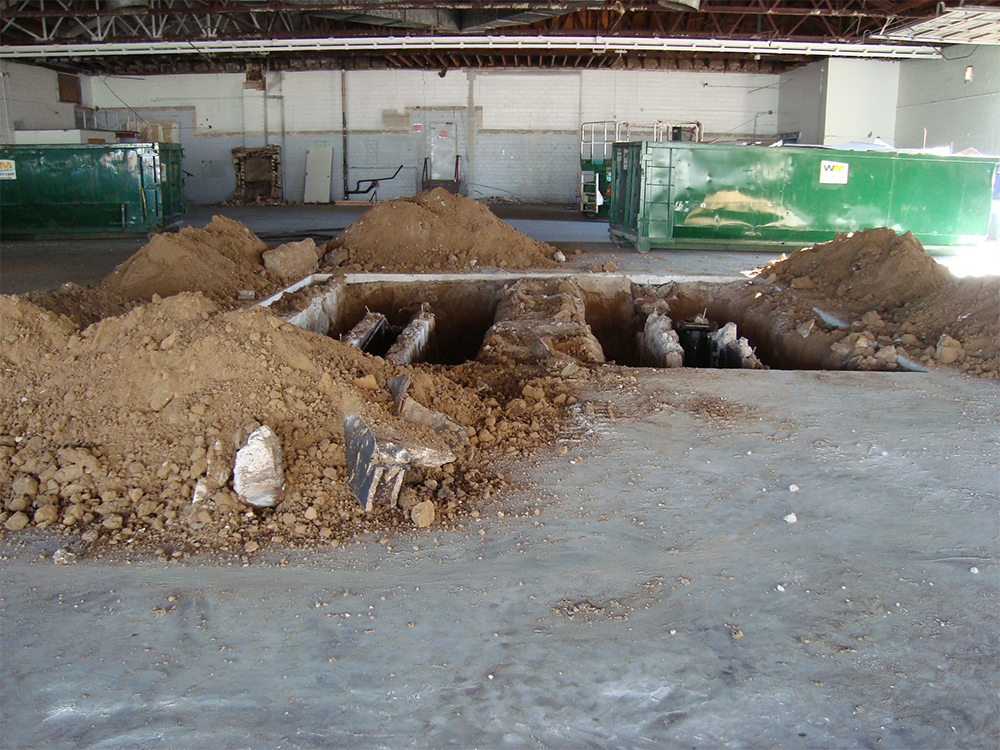
Hydraulic Hoist Removal
Two hydraulic hoists were found to have been leaking and were over-excavated. After sampling and testing, the contaminated soil was approved for disposal at the nearby landfill. This site is
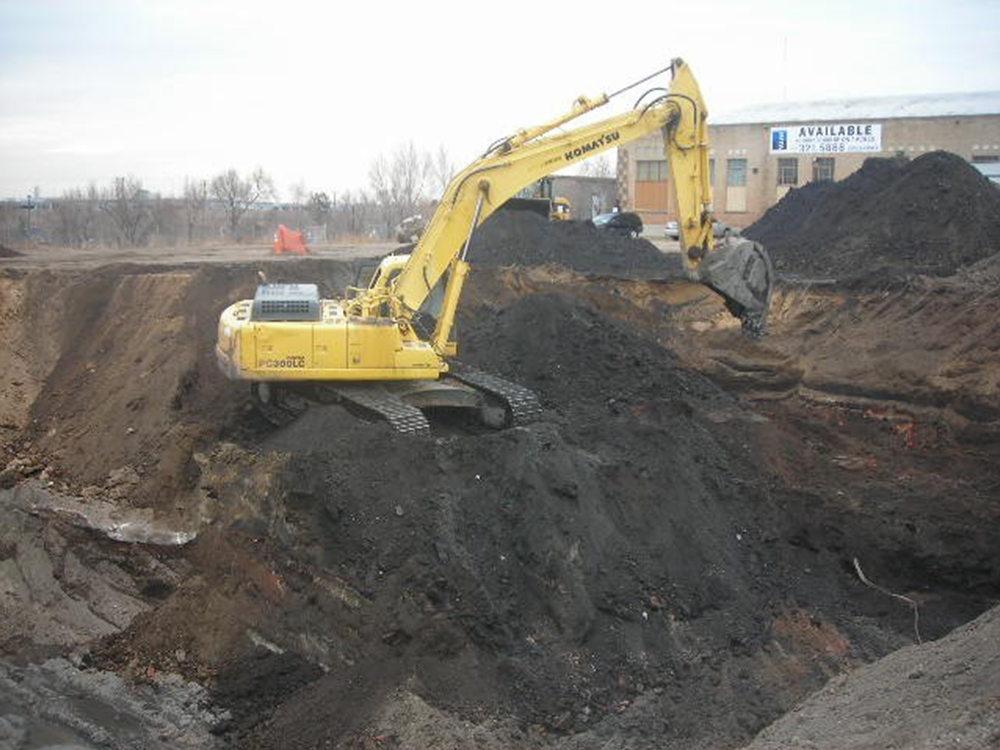
Soil Excavation
Soil excavation following removal of fuel underground storage tanks from a 60-year old gas station slated for redevelopment. Excavation is 20 ft deep. View of gasoline-contaminated soil on excavation floor
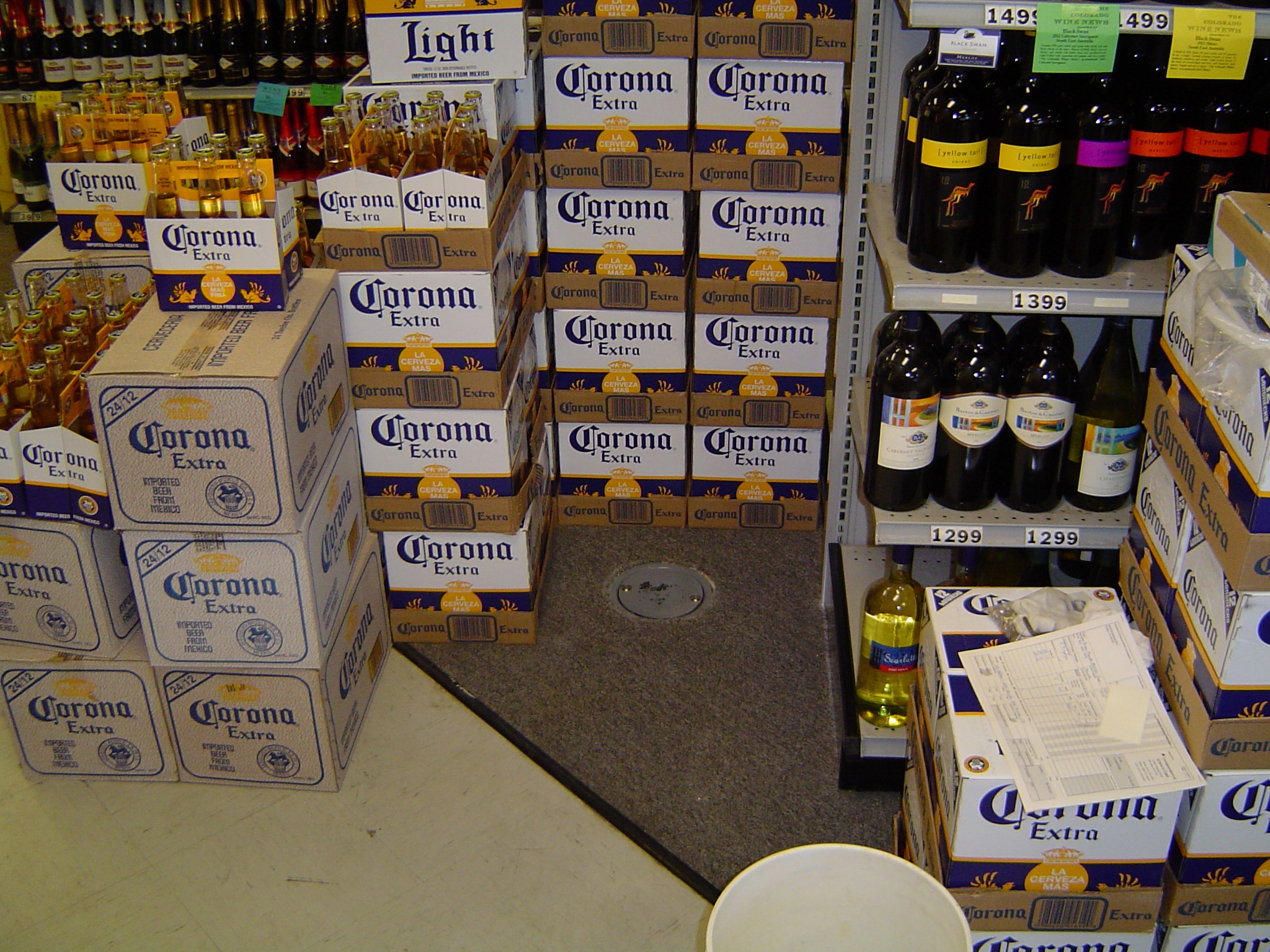
Indoor Drilling
Setting a groundwater well inside a liquor store with a highly portable hydraulic drill rig for indoor drilling. This well was installed to determine impacts beneath in-line retail center. Learn
